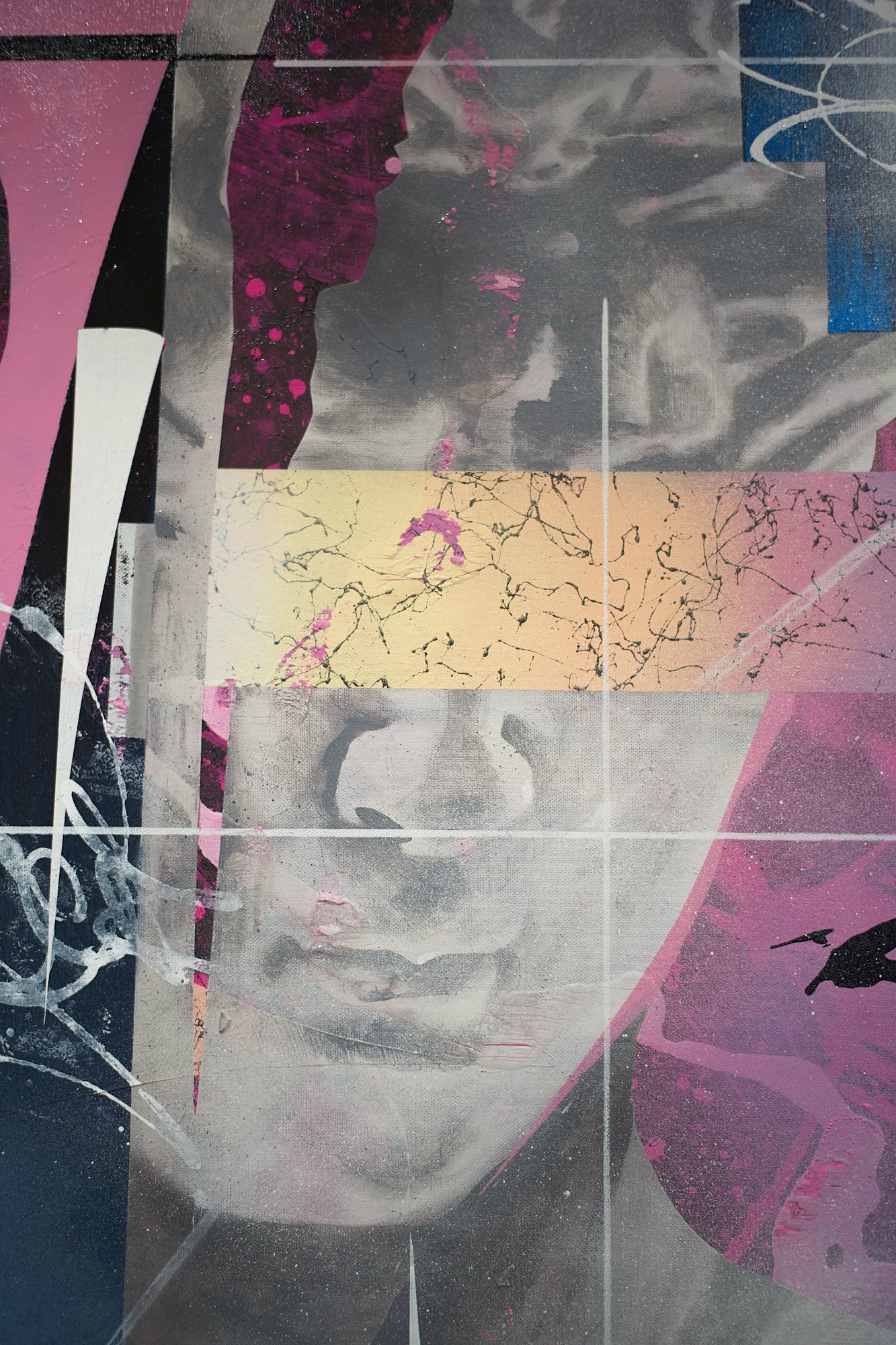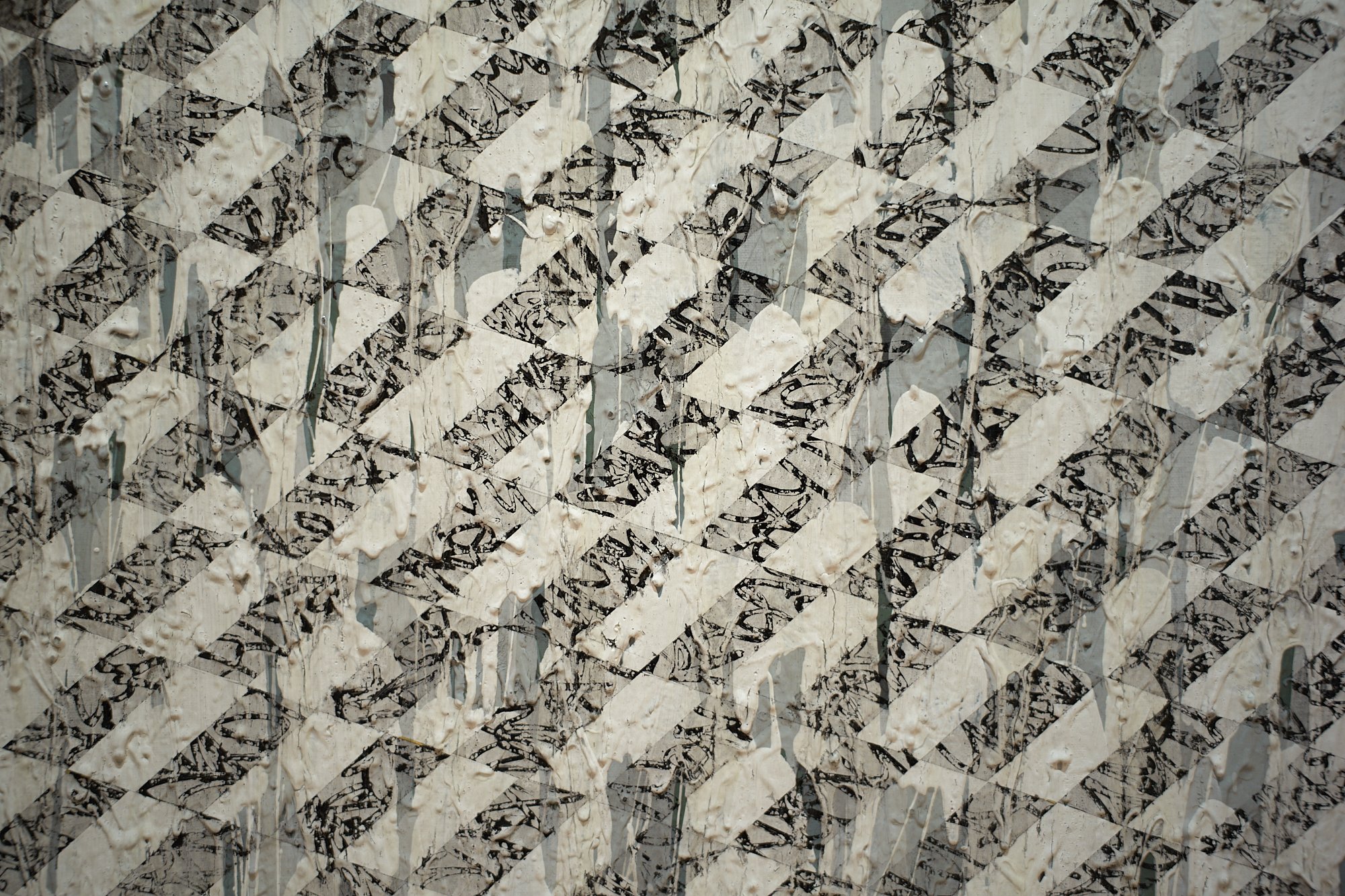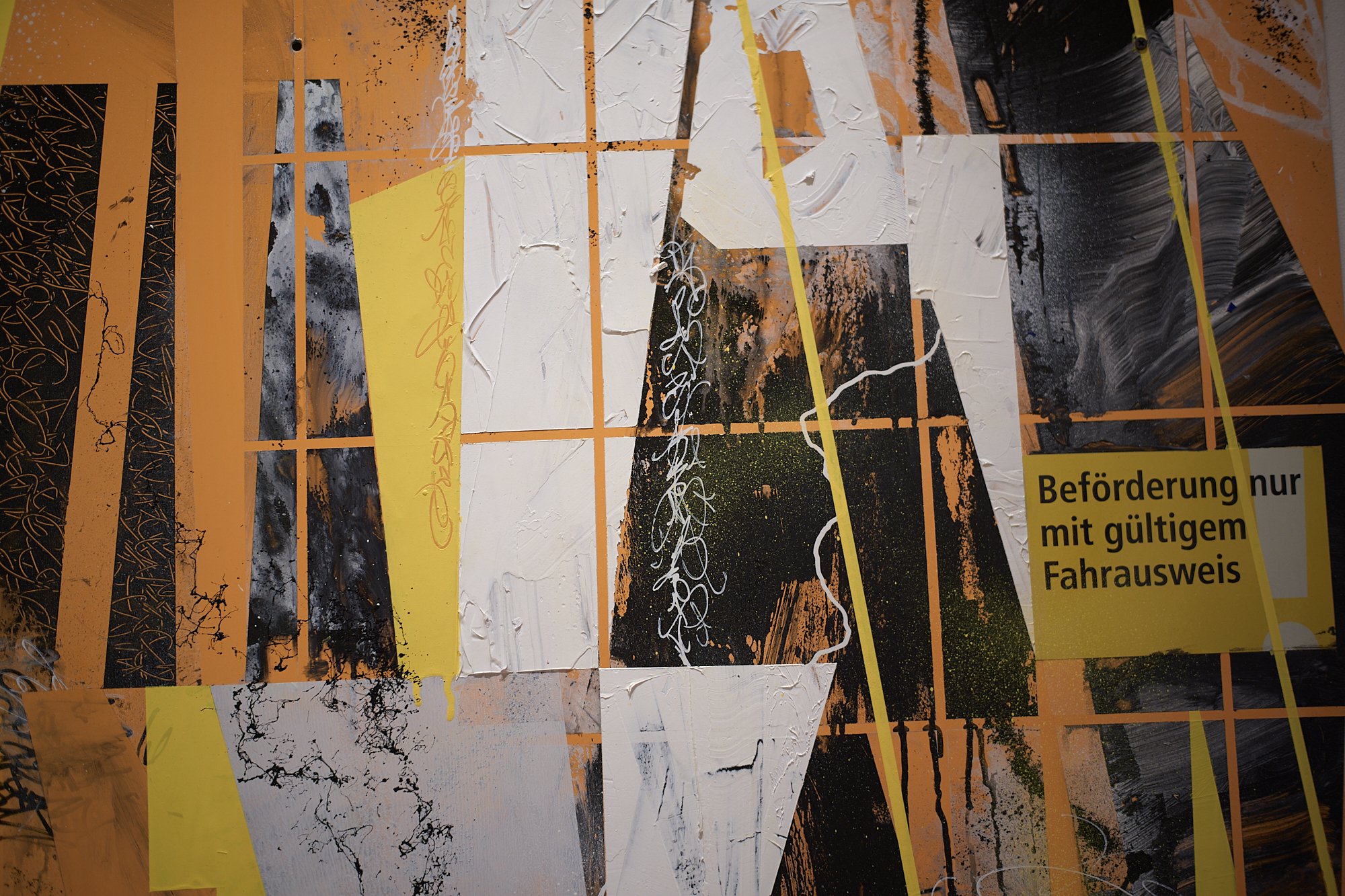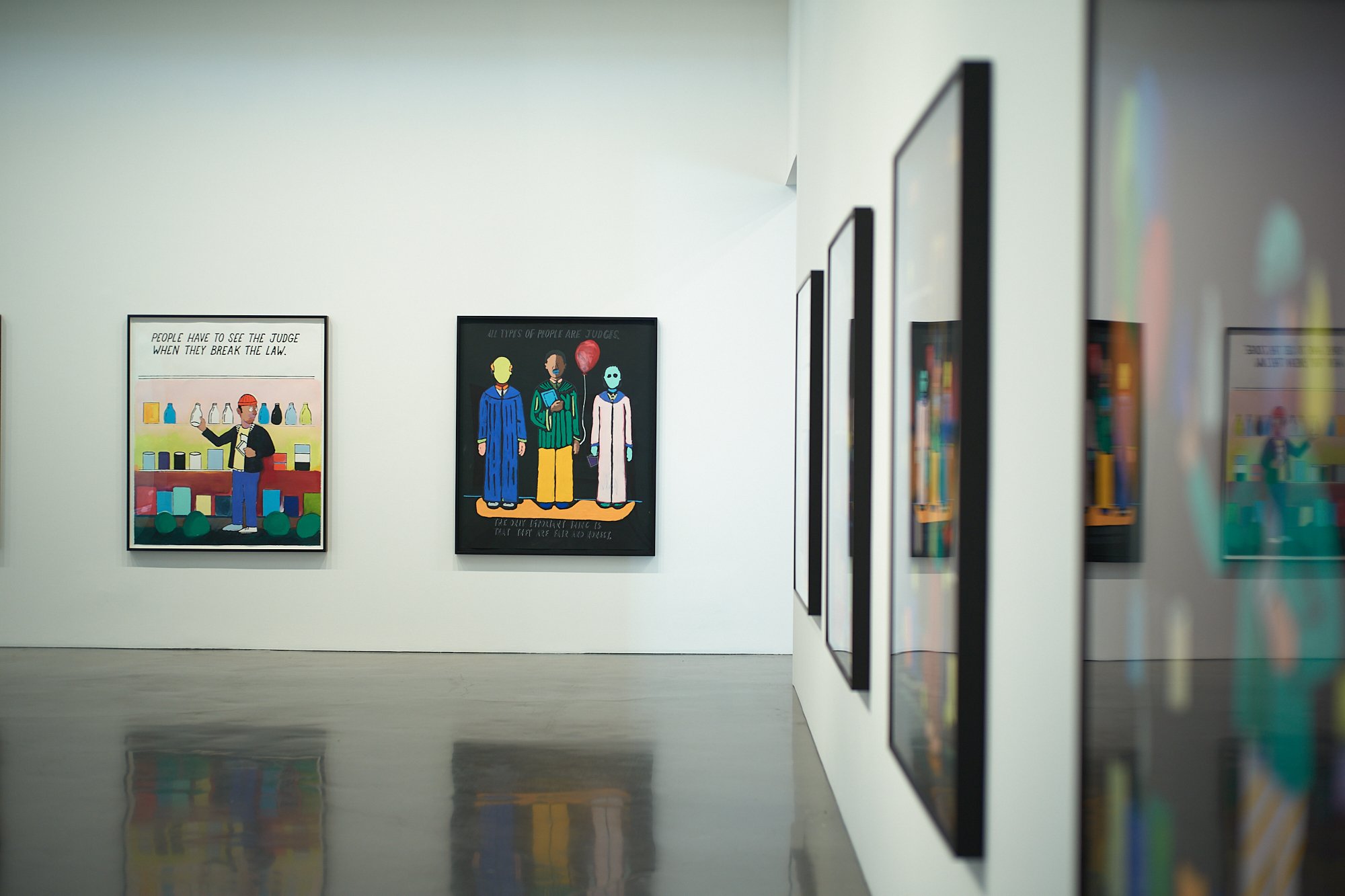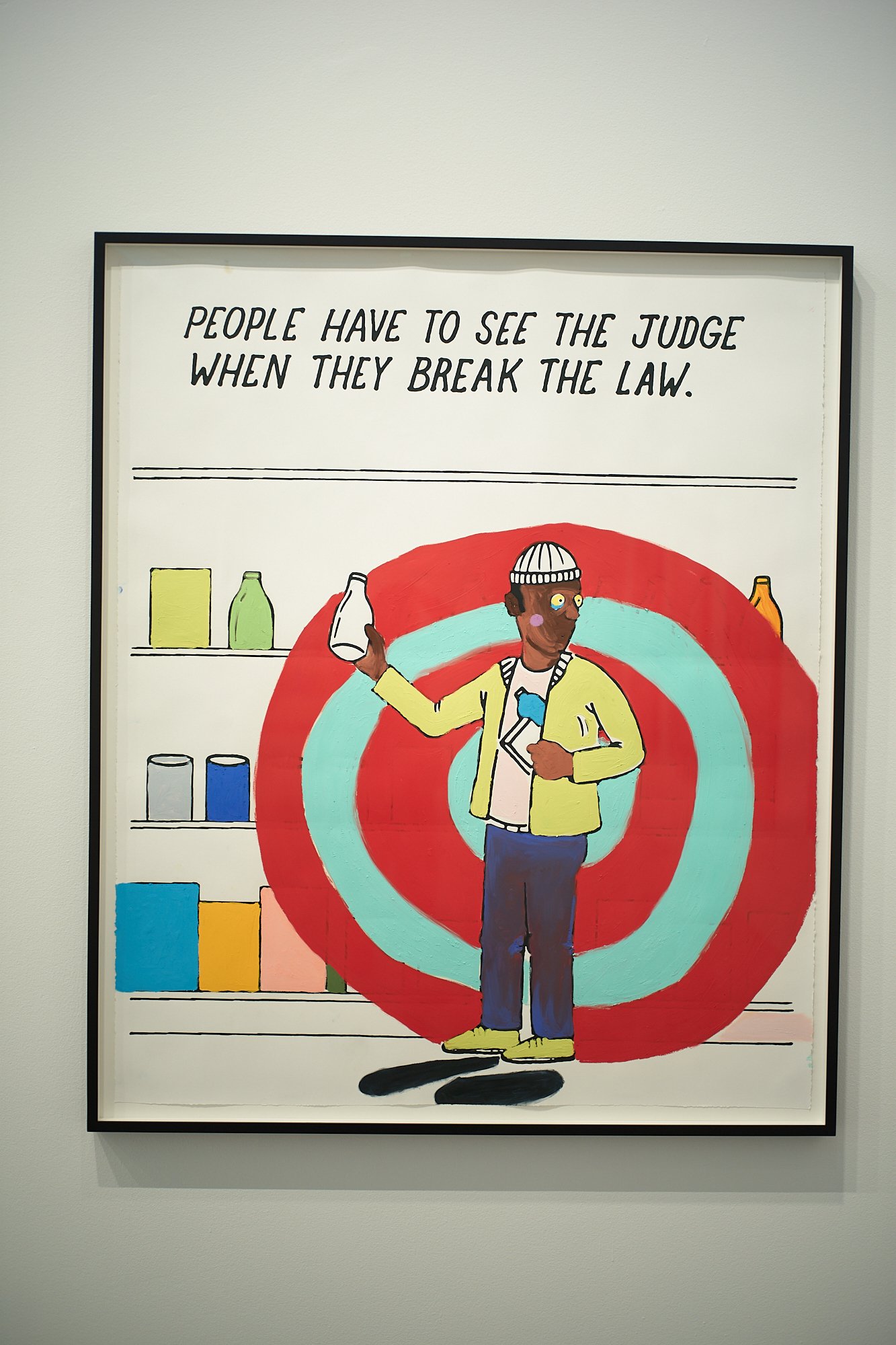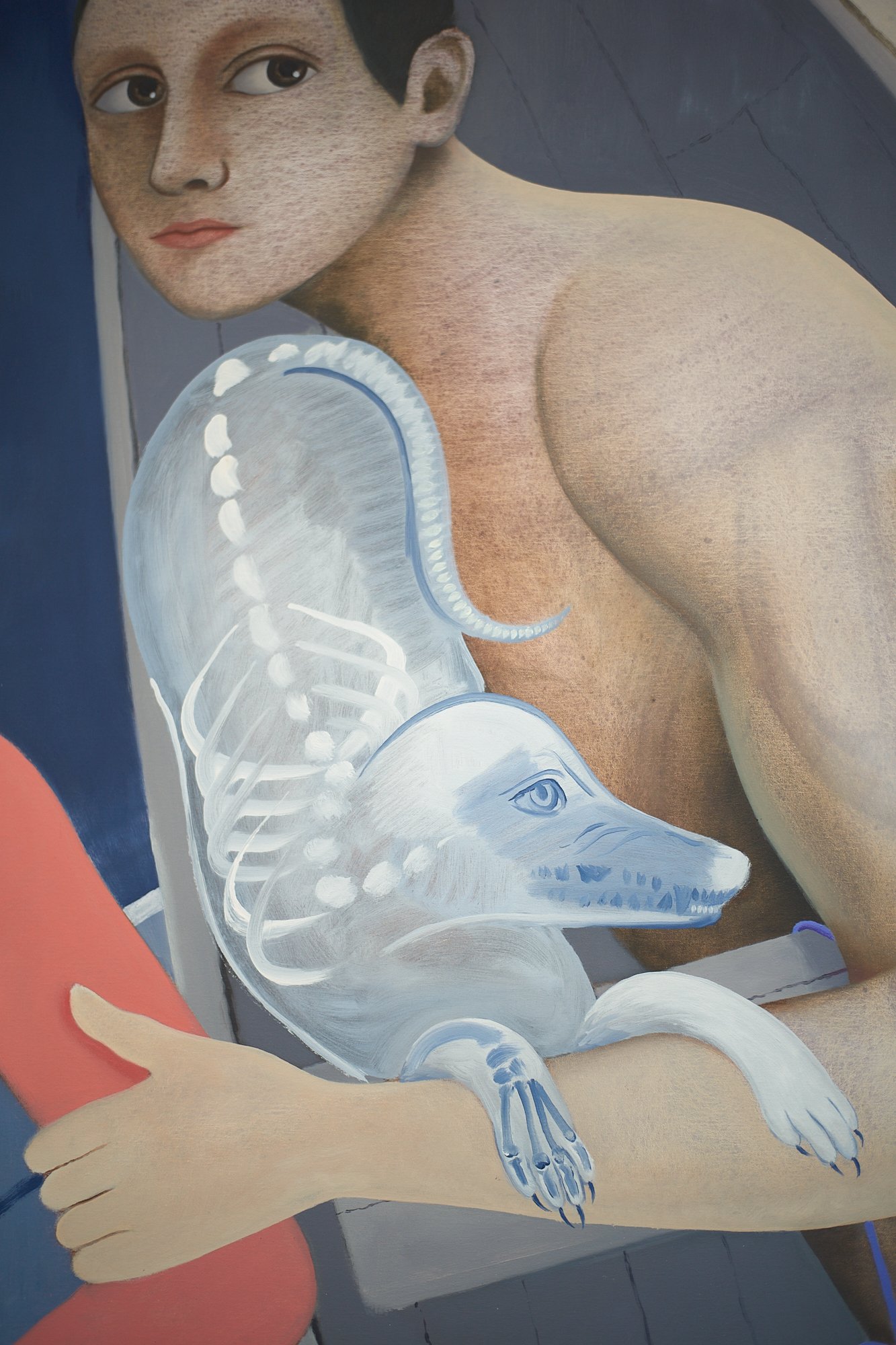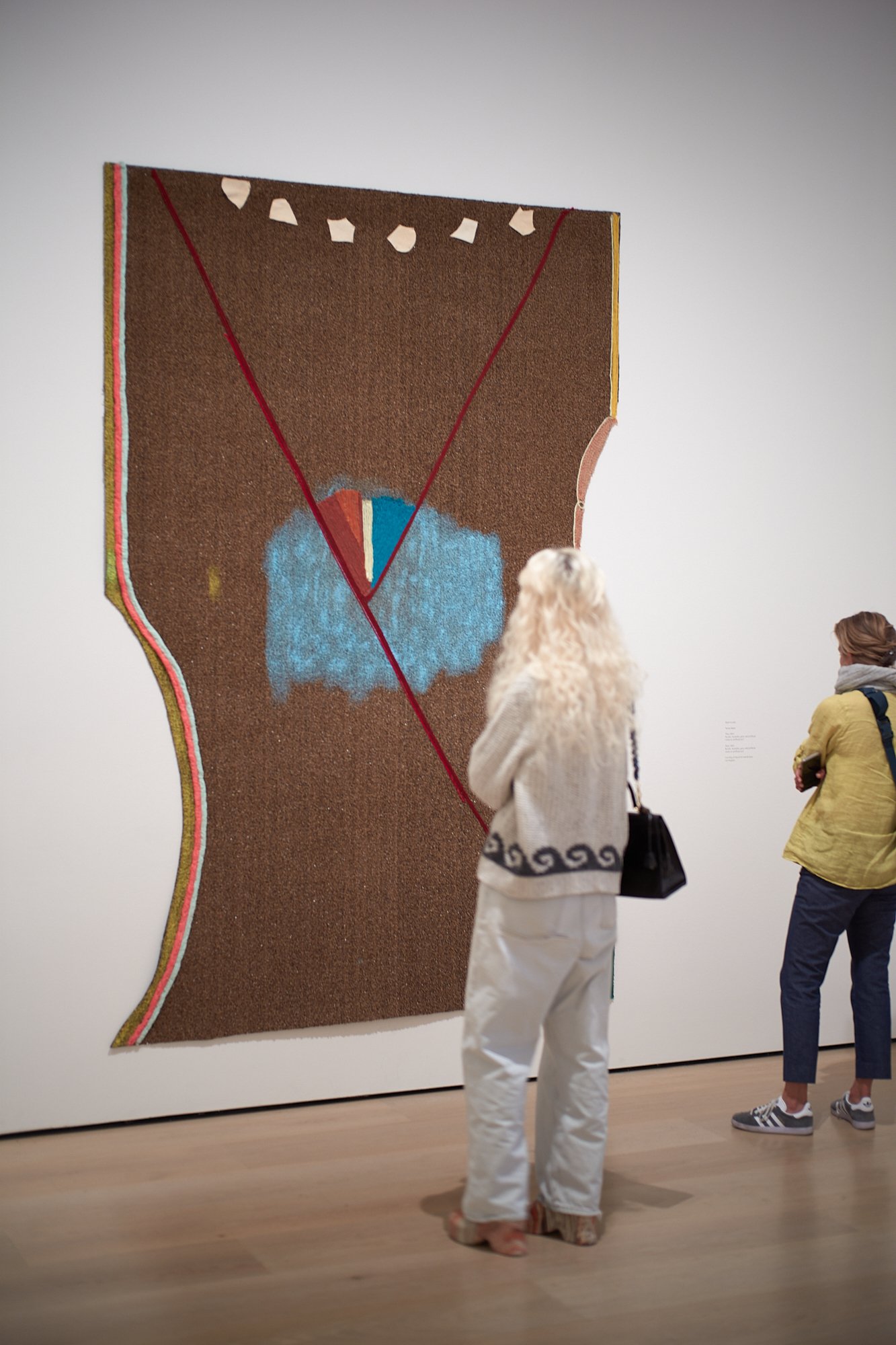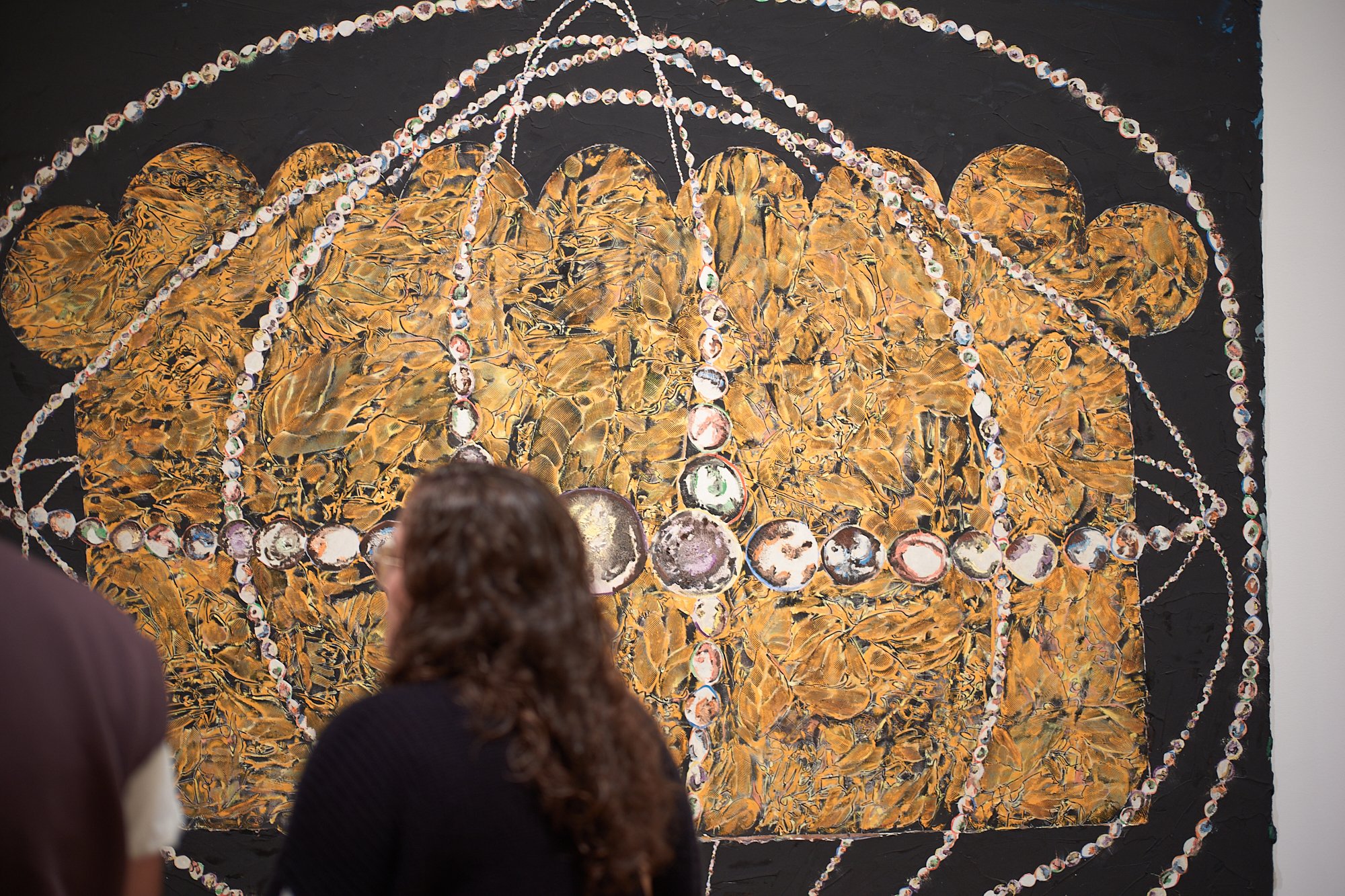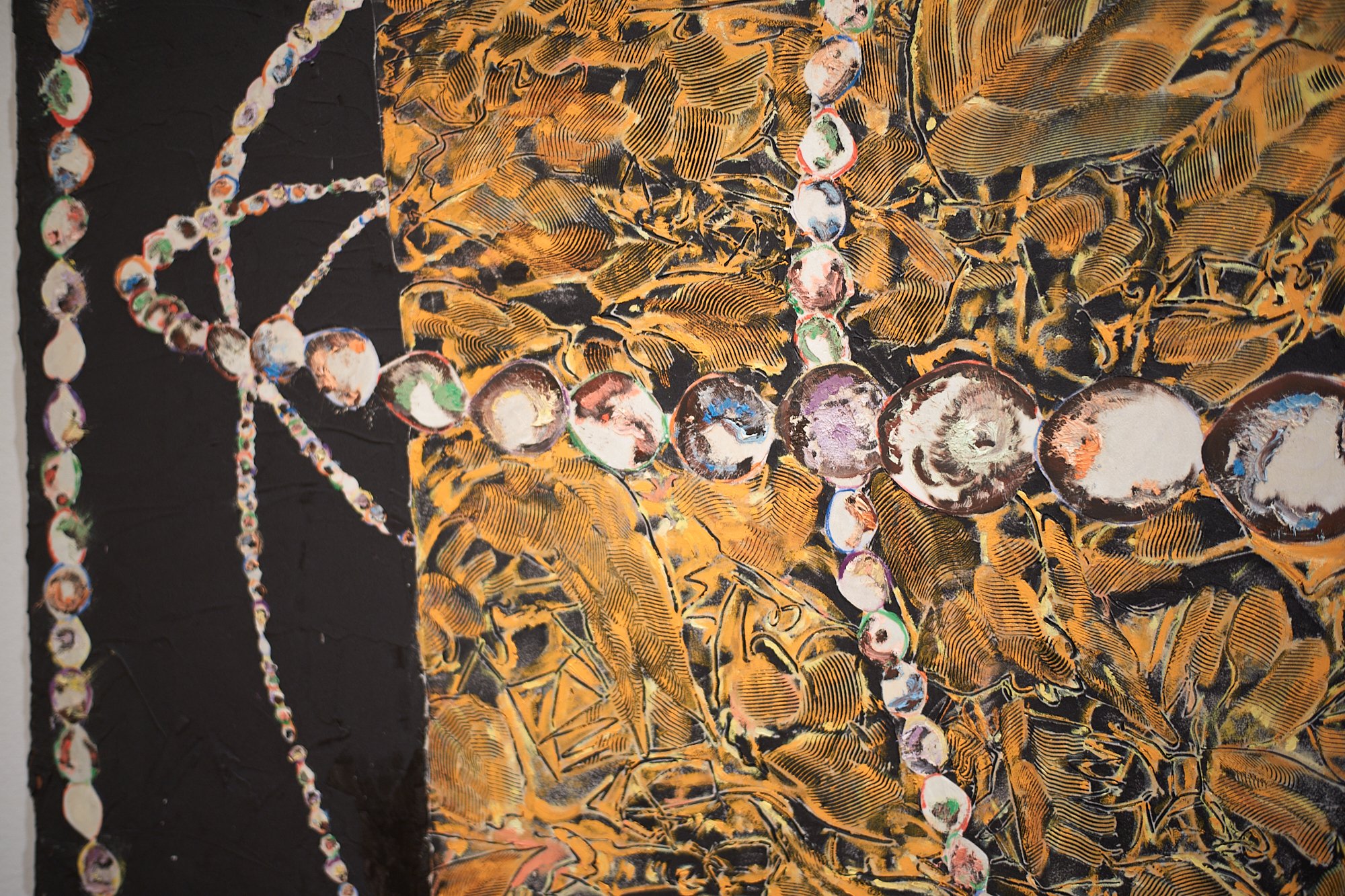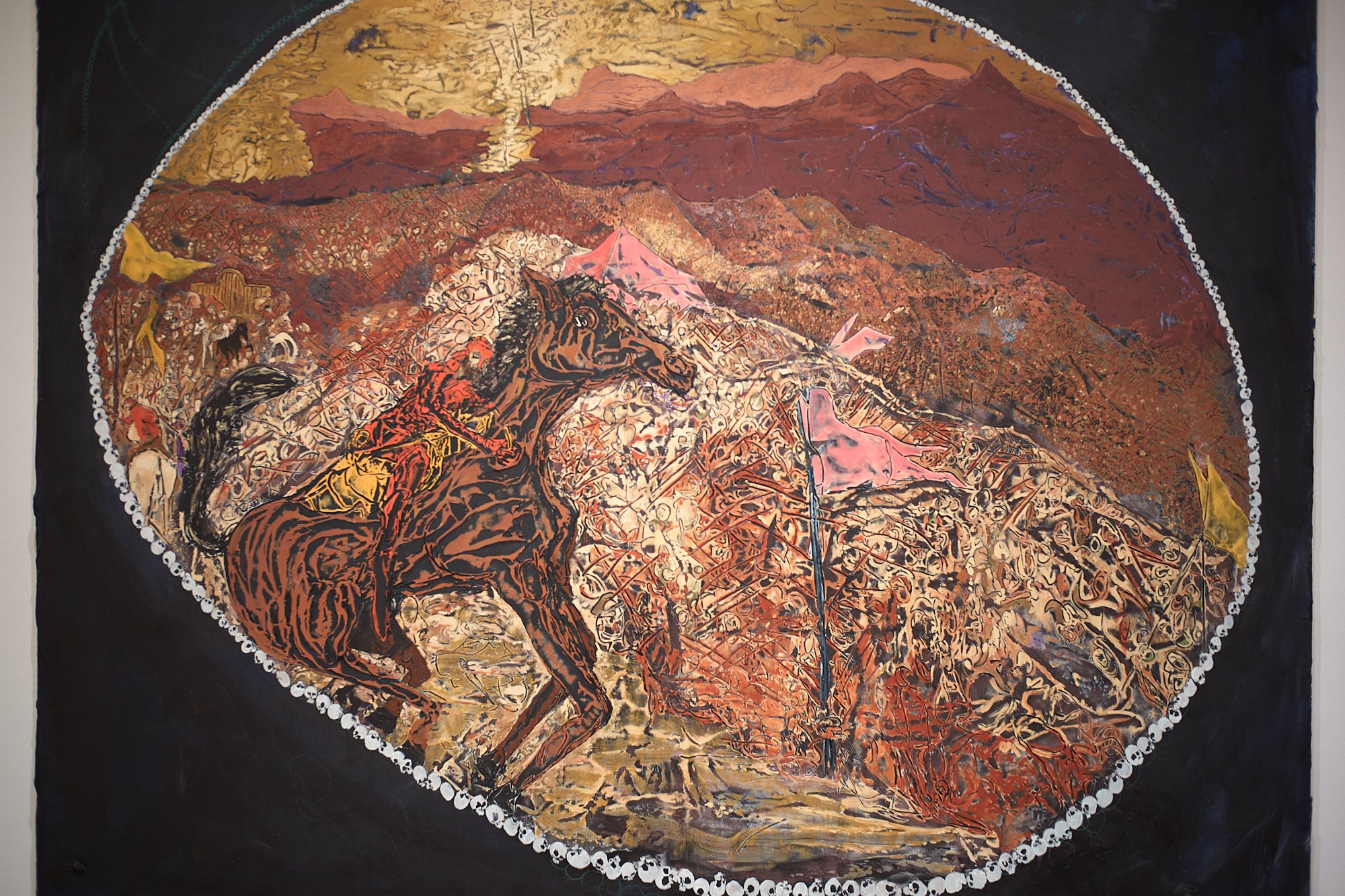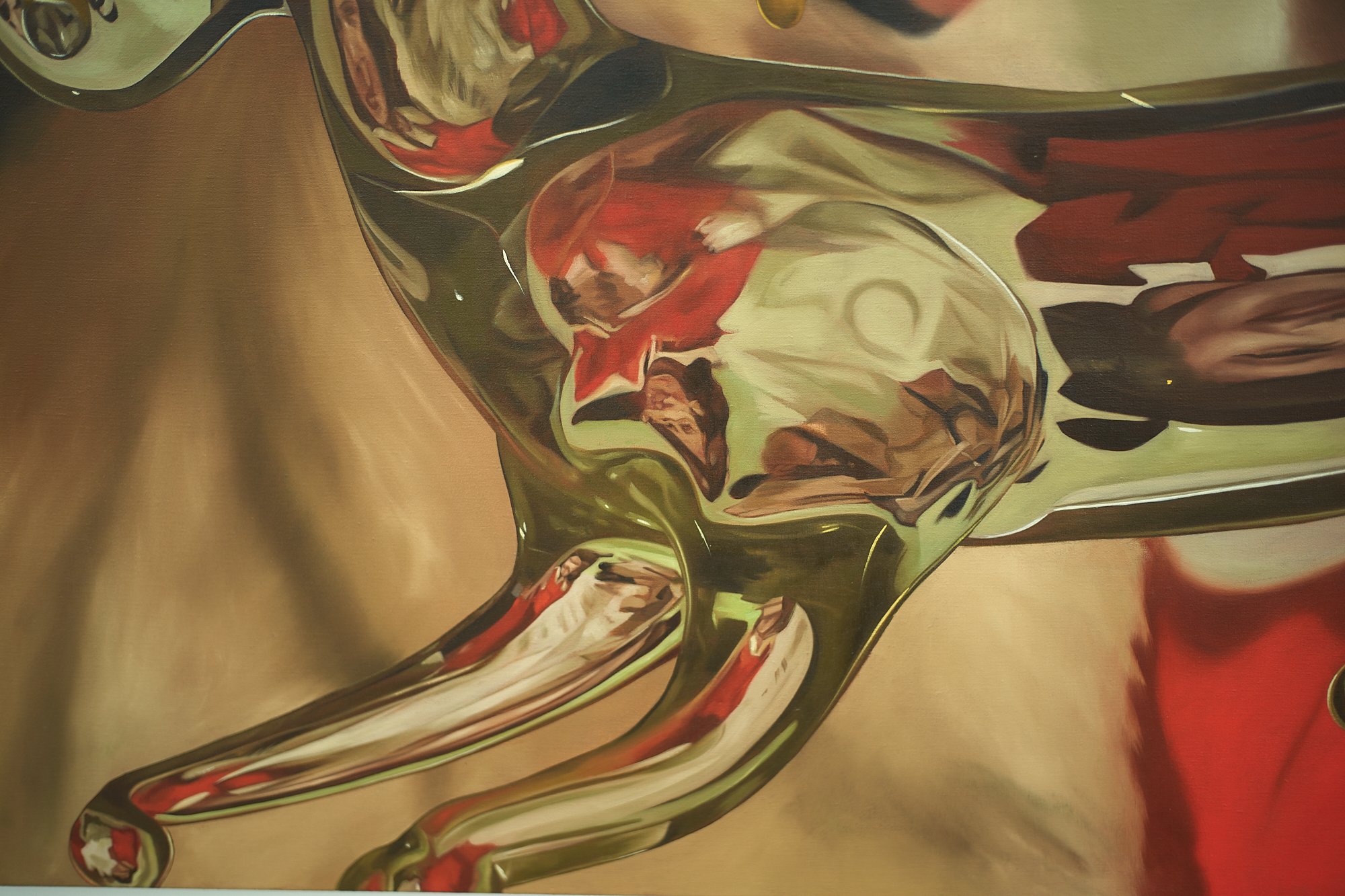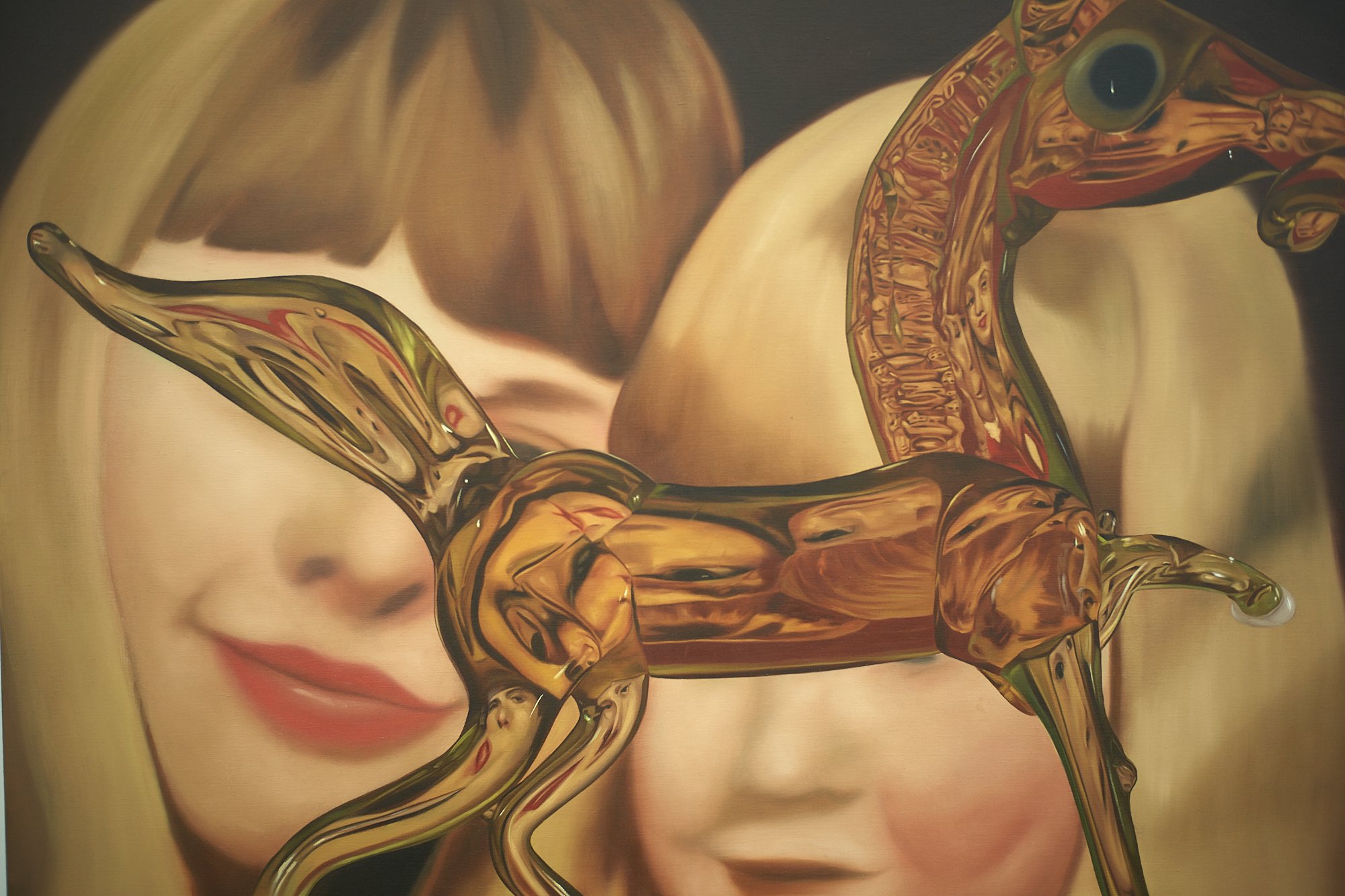…serious artists tend to develop a kind of creative mechanism - a conceptual approach - that allows them to be led by new ideas and surprise themselves without deviating from their own artistic principles. As an artist, you’re always studying your environment, absorbing sensations, memories of how things work and don’t. The goal is to create a practice that allows a constant recalibration between your imagination and the world around you.
How to be an Artist, Jerry Saltz #6, Zettel 155
What’s the difference between genre and style? Style is the unstable essence and artist brings to a genre - what ensures that no two Crucifictions, say, look the same. Oscar Wilde said that style is what “makes us believe in a thing.”…A fresh style breathes life into any genre.
How to be an Artist, Jerry Saltz #5, Zettel 154
Oscar Wilde said, “the moment you think you understand a great work of art, it’s dead for you.” Imagination is your creed, sentimentality and lack of feeling are your foes.
THE VERSUS PROJECT IV: LAYER CAKE
THE VERSUS PROJECT IV: LAYER CAKE
09/16/2023 — 10/28/2023
Subliminal Projects, LA
SABLE ELYSE SMITH: FAIR GROUNDS
SEPTEMBER 9 – OCTOBER 26, 2023
REGEN PROJECTS
Sara Anstis: The Petal and the Wrist
Made in L.A. 2023: Acts of Living
LOLA GIL Who Are ( You ) Are Who
Gallery Three, Nino Mier Gallery, Los Angeles
September 23 - October 21, 2023
JOSÉ LERMA A Trazos
William Monk West of Nowhere
PACE Gallery, Los Angeles
Exhibition Details:
William Monk
West of Nowhere
Sep 9 – Oct 21, 2023
Gallery:
1201 South La Brea Avenue
Los Angeles
Press:
Connect:
(opens in a new window)@_william_monk_
(opens in a new window)@pacegallery
The Story of Art, E.H. Gombrich, Page 544, Zettel 152
…in all the struggles and gropings there was one thing he was prepared to sacrifice if need be: the conventional ‘correctness’ of outline. He (Cezanne) was not out to distort nature; but he did not mind very much if it became distorted in some minor detail provided this helped him to obtain the desired effect….he hardly realized that this example of indifference to ‘correct drawing’ would start a landslide in art. - The Story of Art, E.H. Gombrich, Page 544, Zettel 152
The Story of Art, E.H. Gombrich, Page 543, Zettel 151
Cezanne had ceased to take any of the traditional methods of painting for granted. he had decided to start from scratch as if no painting had been done before him….Cezanne had chosen his motifs to study some specific problems that he wanted to solve….- The Story of Art, E.H. Gombrich, Page 543, Zettel 151
How to be an Artist, Jerry Saltz, Page 76, Zettel 150
If you think that all art should be like High Renaissance painting, or like van Gogh, Eva Hesse, or Basquiat, think again. Human beings are hardwired to crave change. The universe is expanding; so are we, and so is art. Which doesn’t mean it’s getting better, or worse, only that all art was once contemporary art, in conversation with its time. yours is, too. Every choice you make - should serve not nostalgia, but your visceral present. You are an artist of modern life. That personal, specific urgency is what finds every successful work of art. - How to be an Artist, Jerry Saltz, Page 76, Zettel 150
WHY POETRY - Matthew Zapruder. page 42 - 43, Zettel 149
Through art, language and therefore experience become “defamiliarized”, so we can feel and experience anew:
The purpose of art is to impart the sensation of things as they are perceived and not as they are known. The technique of art is to make objects “unfamiliar”, to make forms difficult, to increase the difficulty and length of perception because the process of perception is an aesthetic end in itself and must be prolonged - Victor Shklovsky
Poetry exhibits the purest form of defamiliarization. This is because in a poem, other tasks such as telling a story, or fully and exhaustively expressing an idea, never take priority. Therefore, it is in poetry that we see most clearly and powerfully, without any other ultimate distraction, how language can be made deliberately strange, how it becomes especially “a difficult, roughened, impeded language”, in order to jar us awake. - WHY POETRY - Matthew Zapruder. page 42 - 43, Zettel 149
The Story of Art, E.H. Gombrich Page 154, Zettel 148
The great artists of subsequent periods had made one discovery after another which allowed them to conjure up a convincing picture of the visible world, but none of them had seriously challenged the conviction that each object in nature has its definite fixed form and colour which must be easily recognizable in a painting. It may be said, therefore, that Manet and his followers brought about a revolution in the rendering of colours which is almost comparable with the revolution in the representation of forms brought about by the Greeks. They discovered that, if we look at nature in the open, we do not see individual objects each with its own colour but rather a bright medley of tints which blend in our eye or really in our mind. - The Story of Art, E.H. Gombrich Page 154, Zettel 148
Reductionism in Art and Brain Science page 42, Zettel 147
Some birds, insects, and fish have photoreceptors that respond to the ultraviolet light (shorter wave lengths than humans can see), and some snakes, insects; and vampire bats have receptors that can respond to infrared radiations or heat (longer wavelengths than humans can see). Certainly those animals can see spectral “colors” that we cannot and their perceptions are presumably different from ours - Reductionism in Art and Brain Science page 42, Zettel 147
Henri Matisse, Reductionism in Art and Brain Science page 7, Zettel 144
We are closer to attaining cheerful serenity by simplifying thoughts and figures. Simplifying the idea to achieve an expression of joy. That is our only deed. - Henri Matisse, Reductionism in Art and Brain Science page 7, Zettel 144
Reductionism in Art and Brain Science page 185, Zettel 143
To be abstracted is to be at some distance from the material world. It is a form of local exaltation but also, sometime, of disorientation, even disturbance. Art at its most powerful can induce such a state, perhaps most potently. - Nancy Princenthal, New York art critique - Reductionism in Art and Brain Science page 185, Zettel 143
Reductionism in Art and Brain Science page 184, Zettel 142
While abstract paintings that appeal to our imagination call into play the brain’s top-down processing mechanism, figurative paintings that appeal to us call into play the default network of the brain. The default network, which was discovered in 2001 by Marcus Raichle (Raichle et al. 2001), consist primarily of the three brain regions: the medial temporal lobe, which is involved in memory: the posterior cingulate cortex, which is concerned with evaluating sensory information; and the medial prefrontal cortex, which is concerned with theory of mind - that is with distinguishing between another person’s mind, his or her aspirations and goals, and one’s own mind…recent studies suggest that the default network is most active during high aesthetic experience in art. (Edward Vesesel Nava Ravin, and Gabriella Starr) This intriguing finding suggests that since activation of the default network is related to our sense of self, its activation in response to art enables our perception of painting to interact with mental processes related to the self, possibly affecting them and even being incorporated into them. This line of thought is consistent with the idea that a person’s taste in art is linked to his or her sense of identity - Reductionism in Art and Brain Science page 184, Zettel 142
Reductionism in Art and Brain Science, Eric Kandel page 161, Zettel 135
Turell describes his work in the following terms: “My work has no object, no image and no focus. With no object, no image and no focus, what are you looking at? You are looking at you looking. What is important to me is to create an experience of wordless thought” - Reductionism in Art and Brain Science, Eric Kandel page 161, Zettel 135














